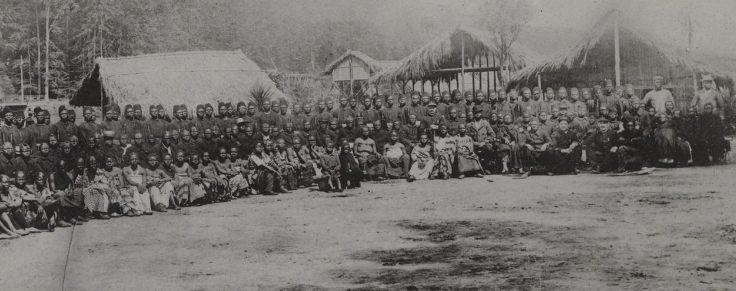The white or Westernized narrative widely misconstrued and misrepresented African history for many years. In the Belgium museum, lies a not-so-secret room. The statues of Congolese people, regarded as racist, once filled the room as part of the permanent exhibition. School children walk past the Leopard Man and men with spears. The Africa Museum in Tervuren, just outside Brussels, faced heavy criticism and worked with experts to rethink the controversial statues.
The museum traces its origins back to King Leopold II’s International Exposition of 1897. Congolese men, women, and children were forcefully taken to Belgium and exhibited in fenced fake villages. King Leopold II used the “human zoo” to convince visitors that Belgium had a duty to civilize Africa. The museum now marks its 125th year, having removed problematic statues and changed object labeling to avoid negative stereotypes about Africa.

Guido Gryseels, the former museum director, ushered in change and is credited for it. The museum has witnessed an improvement in visitor numbers, but some argue for the complete removal of the statues, for obvious reasons. The museum acknowledges its past but remains committed to building a better future. A survey showed a significant drop in support for colonization among Belgians. The museum’s efforts have brought about change, but some aspects of its history remain thinly veiled.
In the Rotunda, colorful drapes hang around the walls, veiling larger-than-life statues with French inscriptions like “Belgium brings civilization to Congo.” Another figure shows a Congolese man wrestling a snake. Collaborator Marie-Reine Iyumva explains that the figure is black, while the others are gold, symbolizing inferiority. The museum has brought in a new generation of staff with African heritage to provide context and bring about change.

The museum’s approach involves commissioning contemporary artists to present alternative interpretations. Education plays a crucial role. While visiting the Africa Museum is not part of the national curriculum, school groups visit during weekdays—workshops and open discussions address Belgium’s colonial past and the museum’s role. For many students, the experience is eye-opening and provides a deeper understanding of history
Despite progress, challenges remain. The museum’s status as a protected building limits the changes that it can undergo. However, the focus is on education, dialogue, and promoting a more inclusive narrative. The goal is to challenge stereotypes and foster a better understanding of Africa’s diverse history. The Africa Museum in Tervuren is evolving, acknowledging the mistakes of the past while striving to create a more accurate and inclusive representation of African history for future generations. They should do better!


